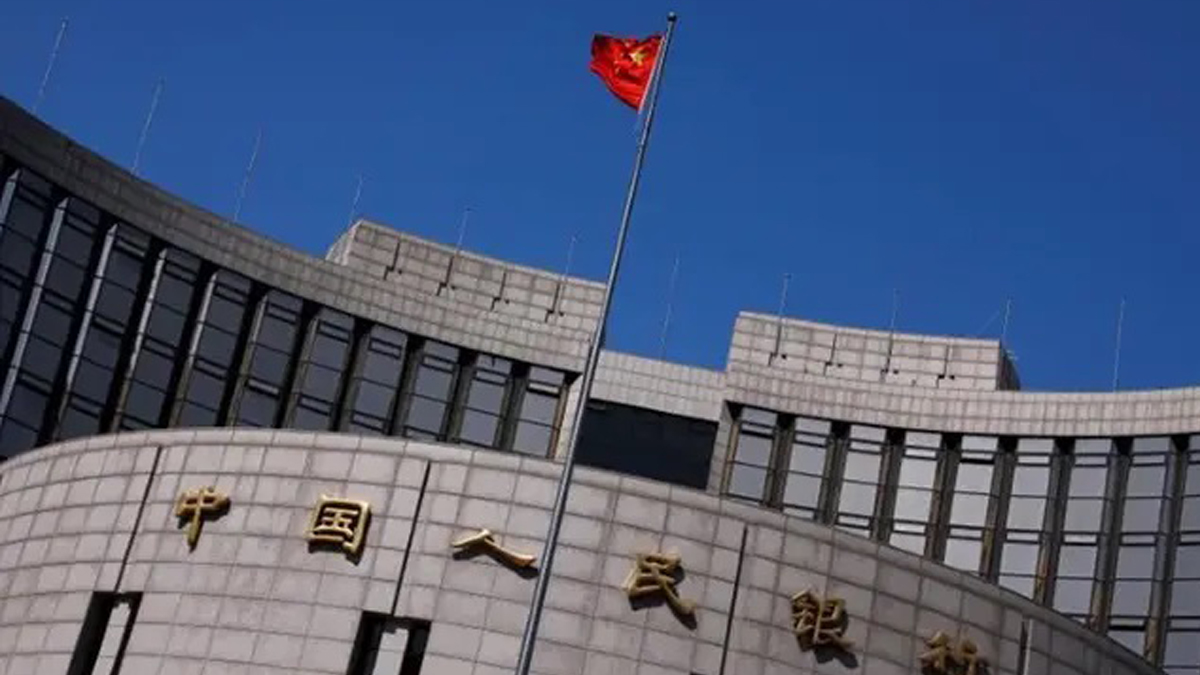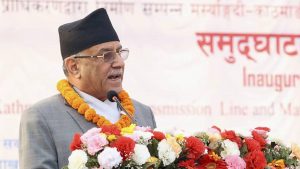
Authoritarian Overreach: China’s Deceptive Centralization and Local Chaos
As China faces increasing debt pressures from years of excessive borrowing by consumers, state-owned companies, and local governments to meet central government growth targets, Beijing faces a conundrum of addressing these debt levels with minimal tools.
The manner in which China navigates the governance structure, characterized by centralized directives executed by local cadres, will shape its strategy for addressing not only the debt overhang but also the relationship between the central government and local provinces.
The common perception of China as an authoritarian centralized state captures only part of the reality. The mechanics of government based upon bureaucracy, revenue, and expenditure reveal a relatively decentralized state. As a simple metric, in 2022, the federal government in the United States comprised 74 percent of total public spending. Conversely, in China in 2022, the central government collected 47 percent of total public revenue and was responsible for only 14 percent of total government expenditure. In other words, despite the perception of China as a centralized state, the collection of expenditure of funds for specific needs is highly decentralized.
The money may be spent locally, but Beijing sets the direction. For instance, the annual growth targets set for years at excessively high levels became official guidance in recent years. Beijing would announce the target for provinces and counties, resulting in absurd outcomes where almost every province would report growth about the national growth rate.
This type of central guidance and localized decision-making coupled with authoritarianism, even at the local level, results in perverse outcomes. Every year, when Beijing announces targeted industries, local governments and state-owned banks lavish money on sectors named by officials. This results in a rapid oversupply of money in favored sectors regardless of product quality or expertise as each province and company chasing subsidies tries to enter a previously unknown industry. In 2023 alone, nearly 11,000 semiconductor firms closed, almost all with enormous government backing.
This decentralization of decision-making and centralization of pain manifests itself in other ways. Recent research from Tsinghua University estimated the true level of local government debt at nearly $13 trillion. The researchers suggested that one way for China to deal with this high level of local government debt was for the central government to assume the debt. This is where the centralization of diktats runs into the intractable control of local revenue and expenditure.
While it may sound good in theory to transfer local government debt to a lightly indebted central government, it fails to account for the dynamics of Chinese decentralization. How would the central government in Beijing, which only spends $500 billion a year, be able to service debt of more than $13 trillion? Even with official Chinese government 10-year bond rates at 2.5 percent, this would require the central government to allocate nearly two-thirds of their expenditure just to cover interest payments.
Theoretically, the required changes to solve China’s economic problems are simple. Realistically, they are profound, intractable, and thorny.
A central government lacking the revenue and expenditure base lacks the capacity to absorb any material amount of debt from the local government level, even if the sovereign maintains a low debt to the GDP level. A central government may want to encourage financing to targeted industries. Still, when the banks are state-owned and are told to lend to certain sectors, it creates perverse incentives to lend without restraint and ignore market forces, such as whether the product is good. Local leaders seeking favor with the central government pour resources into projects, whether they have any advantage or expertise, simply to curry favor.
At its core, the centralized decentralization practiced in China represents a failure of authoritarianism. The central government, lacking the funding and personnel to execute its vision, depends on local authorities and leaders to execute their vision. However, local leaders are just authoritarians within their own sphere, lacking the limits of either market discipline or rule law guardrails.
A local leader with nearly unlimited power as a local autocrat in their local region, where the state owns the bank and the major firms that borrow from those banks, and who wants to keep their job or potentially gain a promotion to Beijing, has no reason to adhere to limits on power handed down from Beijing and has every incentive to break those rules to hit targets set by the central government. With accomplishments measured in funding and outputs like bridges, politicians are incentivized to build the infrastructure regardless of financial viability. Coupled with minimal restraints on their local power to accomplish this where they are both the bank and the borrower, there is little Beijing can do absent more fundamental reforms it is unwilling to pursue.
This pattern is so ingrained in Chinese politics that an old proverb describes this behavior: “The mountains are high, and the emperor is far away.” With the Chinese Communist Party leader Xi Jinping cracking down on factions and leaders who do not follow him, even a perfected information machine keeps him far from wayward leaders.
Until China solves the political incentives of authoritarianism, it will be unable to solve its decentralization conundrum. Local leaders learn from the strongest leaders, molding themselves as local authoritarians.















Comments